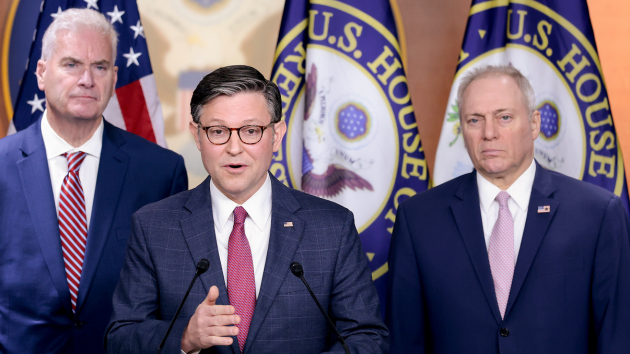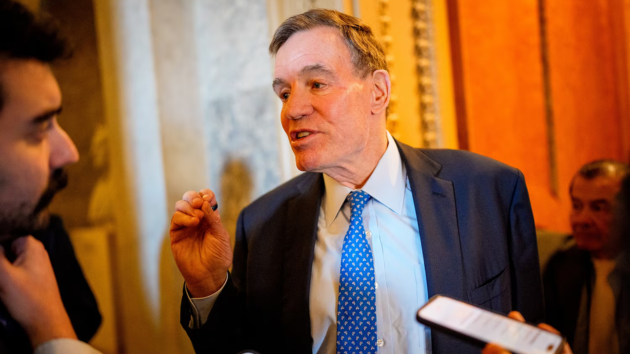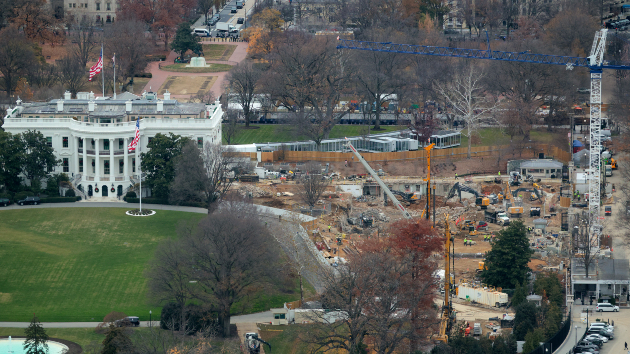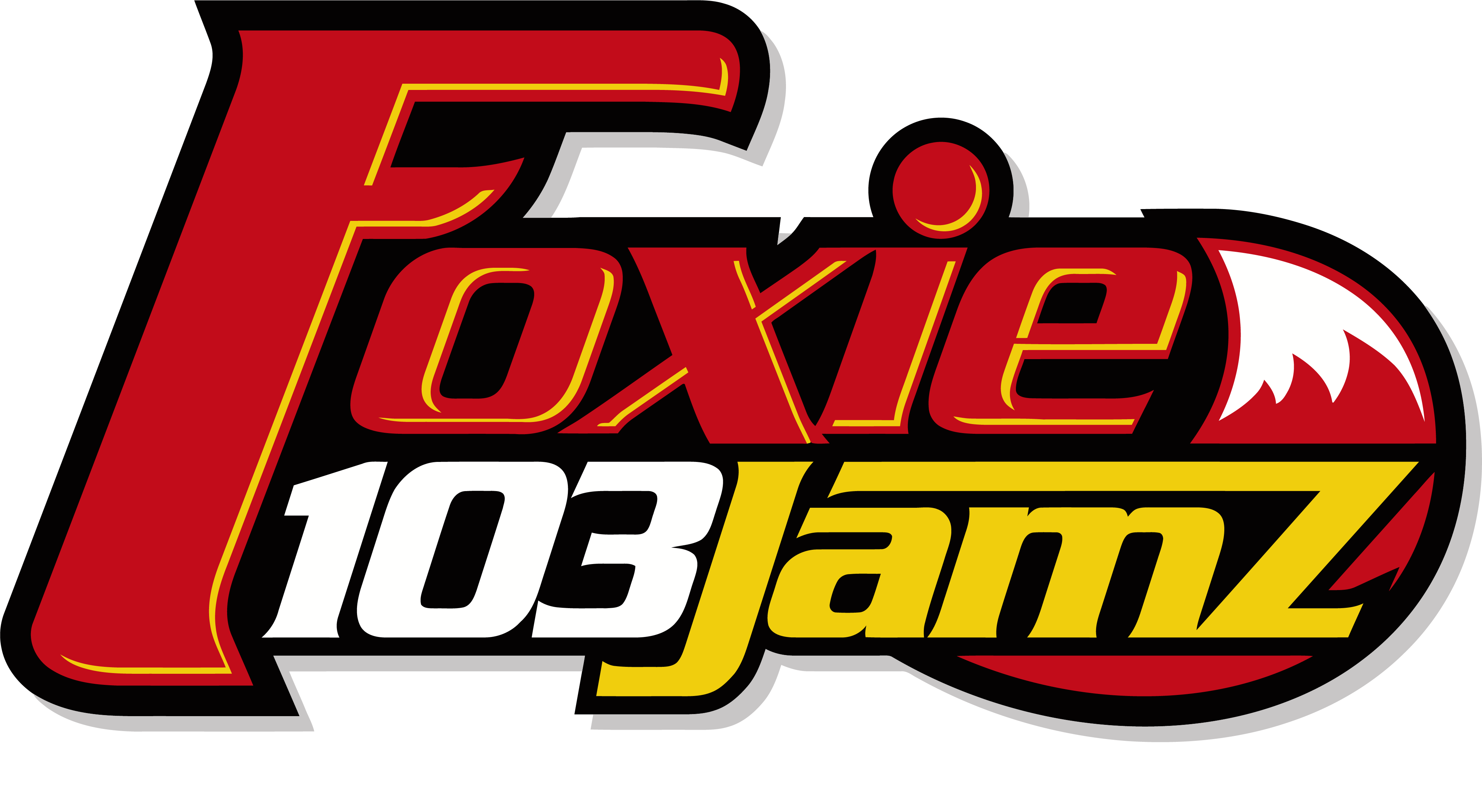Where Harris, Trump stand on school choice, voucher programs
Written by ABC Audio ALL RIGHTS RESERVED on October 4, 2024

(WASHINGTON) — Democrats and Republicans have proposed vastly different policies on education – and one key difference highlights a battle that has been happening on the ground in states across the country.
Education Savings Accounts, or ESAs, and school vouchers have spurred debates at the local level for years.
ESA programs allow families to divert a designated amount of per-student public school spending to pay for expenses for private schools, microschools and homeschooling — including tuition, books, tutoring, transportation and more.
School vouchers similarly use public funds to allow students to pay for tuition.
Arizona passed the country’s first ESA program in 2011, and at least eight other states have followed its lead: Arkansas, Florida, Iowa, North Carolina, Ohio, Oklahoma, Utah and West Virginia.
Former President Donald Trump has expressed support for ESAs and has proposed a plan that will allow parents to spend up to $10,000 a year per child in taxpayer money, “completely tax-free,” on alternative education or homeschooling costs.
The Democratic 2025 platform opposes using private school vouchers and tuition tax credits, opportunity scholarships, “and other schemes that divert taxpayer-funded resources away from public education.”
Minnesota Gov. Tim Walz, a former public school teacher who is running for vice president on Vice President Kamala Harris’ presidential ticket, has opposed private school vouchers in the past.
In opposition to a school voucher policy proposal from Republicans in his state amid the COVID-19 pandemic in 2021, Walz stated: “We are not going to defund our public schools at this time, when especially those hardest hit need them more than ever,” MPR News reported at the time.
The start of vouchers
Scholars trace the origins of school choice to the Brown v. Board of Education ruling, where the United States Supreme Court ruled that segregating public school students based on race was unconstitutional.
Anti-segregation efforts led to state-funded school voucher programs in some states like Virginia and Georgia, offering financial assistance to white students to attend all-white private academies known as segregation academies.
However, the first modern private school voucher program started in Milwaukee in 1990, as some communities of color saw vouchers as a chance to help low-income students of color attend private schools.
Vouchers also have been geared toward disabled students; however, vouchers often force students with disabilities to forfeit some Individuals with Disabilities Education Act protections because they are considered “parentally placed” in private schools.
These schools are not legally required to provide individualized or “appropriate” education to students and are not held to the same nondiscrimination standards as public schools.
Since the start of the COVID-19 pandemic, microschools, private schools, and homeschooling have seen a boom — and so has the availability for families to use vouchers or ESAs to fund tuition at these institutions or fund alternative forms of education and their expenses.
According to pro-ESA organization EdChoice, the number of students using ESAs has increased seven-fold between 2022 and 2024 to a total of more than 328,000 students.
As these programs continue to gain momentum, the debate about these policies continues.
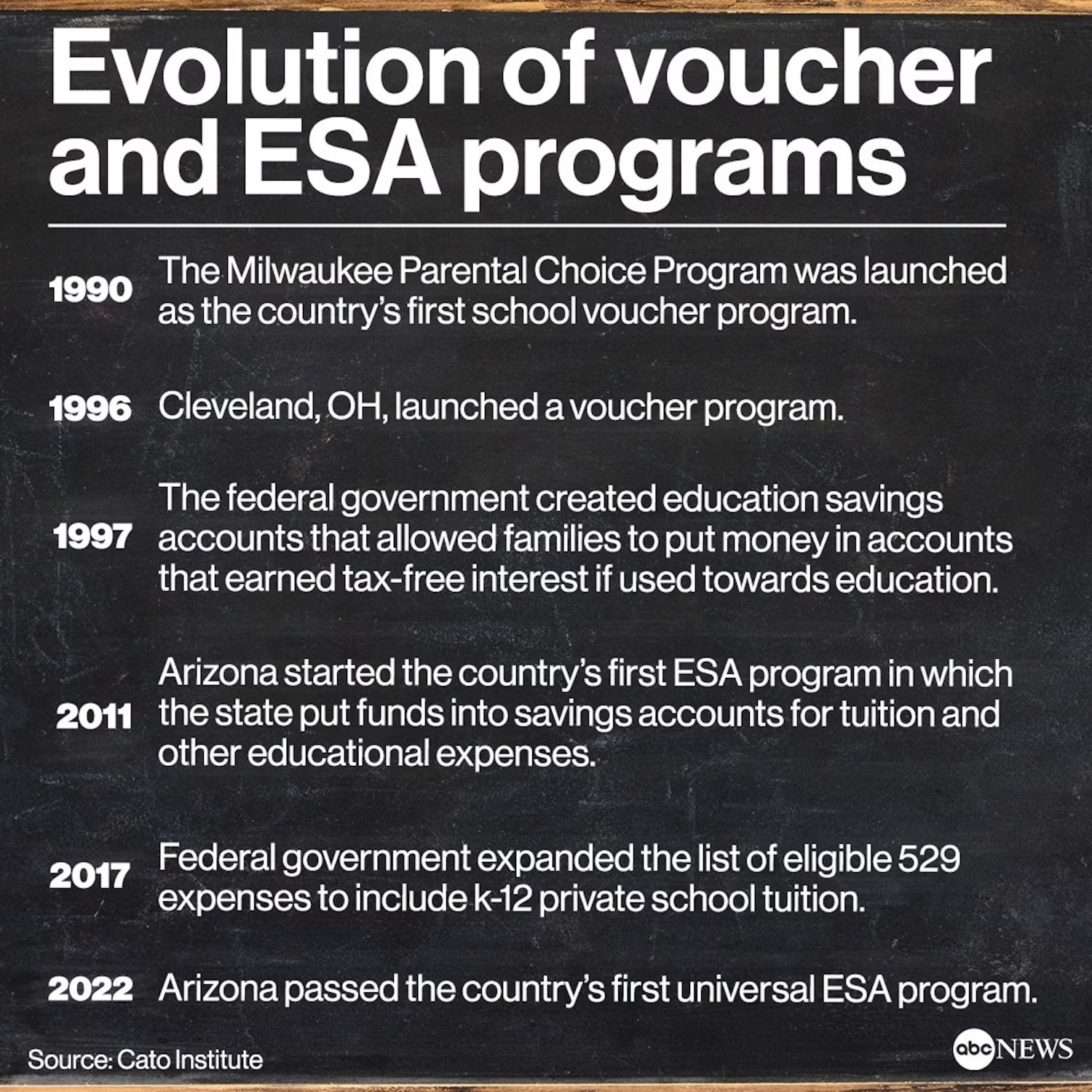
The debate about ‘school choice’
How much ESA programs cost has varied from state to state — in Arizona, the ESA program has been estimated by the state governor’s office to cost the state $943,795,600 for the 2024 fiscal year for roughly 79,728 students. Meanwhile, in West Virginia, it could cost over $10 million for roughly 2,333 applicants to the 2022-2023 academic year of the program, according to the scholarship program report.
This has been one major source of contention around ESAs.
Critics of school choice, including West Virginia Education Association President Dale Lee, say that public schools are already under pressure due to underfunding and poor staffing. Shifting funds away from public schools will make it harder for them to thrive, Lee said.
“Because of the loss of funding, we’ve reduced the opportunities in the curriculum areas that they have,” said Lee, adding that vocational and technical schools have reduced the number of offerings they have and reduce the number of courses that secondary students have available.
In some cases, that includes the arts.
“As a high school teacher myself, the arts are one of the areas that for many students, that’s what drew them into the school, and that’s why they were continuing,” Lee said.
He said public education is supposed to be “the great equalizer” … “if you go back to the system of the haves and have nots, you eliminate that opportunity for students.”
Emily Kirkland, communications director at the Arizona Education Association, slammed some ESA programs for funding controversial purchases. These purchases have been dubbed “welfare for the wealthy” by critics, after a CNN analysis of state and federal data found that wealthy communities are disproportionately benefiting from these programs.
ABC affiliate KNXV-TV in Arizona analyzed ESA data for the 2022-2023 school year and found that some of the money was used for purposes that have been condemned by critics, including ski resort passes, trampoline parks and ninja warrior training centers, aeroponic indoor gardens, pianos and more.
Expenses in some states, like Arizona, are approved by program staffers.
Supporters of school choice, including president and CEO of pro-school choice EdChoice Robert Enlow, applauds the transparency, arguing that its more insight into specific expenditures than is publicly known from public schools. He adds that the expenses allow families to tailor their education to their individual needs.
“You can see in Arizona, every single minute of every single day where every single dollar is going in the ESA program, I challenge you to do that in public schools, right?” said Enlow. “You may not like where the dollars are going. There may be an issue of whether you like it, but the reality is, you know exactly where they’re going.”
Enlow adds that these programs allow students to take an individualized approach, noting that those who may have different needs based on disability, neurodiversity, and other needs can make adjustments based on those needs.
He adds that criticism over spending doesn’t take into account that, in some cases, families are buying what schools would buy: “It’s OK if a government system buys $1,000 per classroom Lego set, but it’s not OK if a family does it?”
It is unclear how successful alternative education like microschooling or homeschooling can be. Rules and regulations dictating microschool and homeschool requirements are determined by each state’s Department of Education. For example, the National Microschooling Center notes that some microschool educators do not need to be licensed teachers and some institutions do not need to follow state academic standards.
Enlow notes that as these kinds of educations become more popular, the question about what regulation should look like and how success is measured is being asked: “You can’t put a one-size-fits-all system of regulation on a system that is meant for families to have individual options and choices.”
“Successes are in children making progress towards what makes them a successful human being, a successful strategy for coping and for living and for being successful right in life,” Enlow said. “We believe, for example, that families want to have knowledge about how their kids are doing on a test, but we don’t think this is the only way to go.”
Critics are concerned about the lack of regulations and accountability about the quality of education, success of the institution and the stability of the institution.
“I called microschools the food trucks of the education industry, because they can open up, go wherever they want, and close down very quickly,” said Josh Cowen, author of “The Privateers: How Billionaires Created a Culture War and Sold School Vouchers.”
Cowen calls alternative education “a predatory environment where private schools and microschools are promising the world to each of these kids,” making it hard for families to know what the truth is because of the lack of oversight and measures of success.
He continued, “It could take months, if not years, for a parent to understand that they’ve gone to a school that has substantially altered their child’s academic trajectory. Or worse, it could take three or four years, and by then, it’s too late. And so that’s where you need oversight.”
In West Virginia, Lee argues that the school choice program has contributed to a teacher shortage, citing poor teacher pay, poor school funding and poor resources that contributes to low moral “when you’re seeing the dollars go to these microschools and learning pods where there’s no accountability.”
Enlow argues that adding more education paths for students could lead to improvements in public schools: “Who’s going to really buy a system where we’re just trying to let it continue the way it is without any kind of challenge?”
Copyright © 2024, ABC Audio. All rights reserved.
